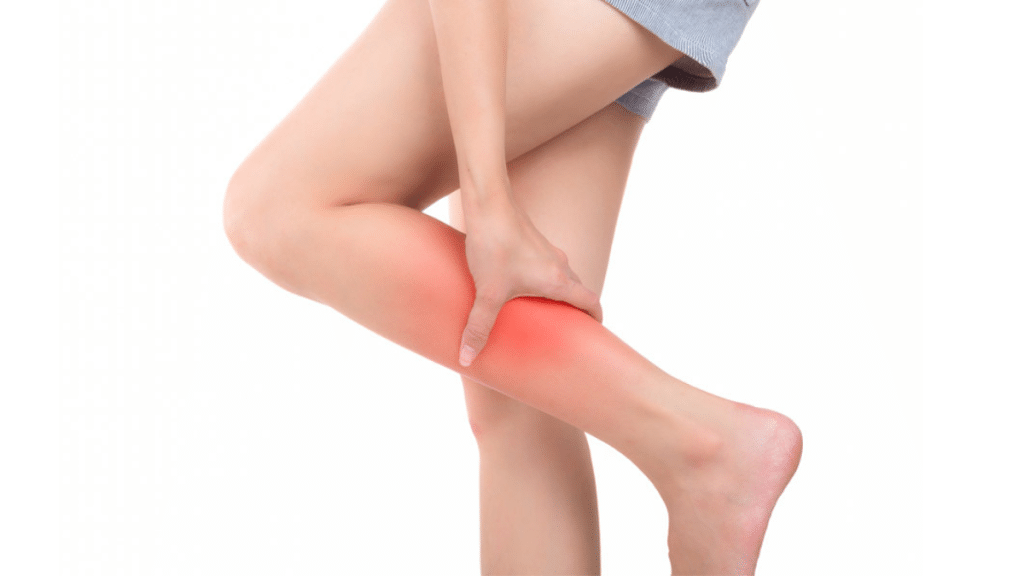It’s easy to dismiss minor aches or a tingling sensation in your feet as usual, especially when life is busy or you’re getting older. However, in many cases, these seemingly harmless discomforts are subtle messages from your body indicating that something deeper requires attention. In communities across Virginia, recognizing these messages early can make the difference between manageable care and irreversible damage. It’s not about panic—it’s about paying attention.
1. When Leg Pain Isn’t Just About Getting Older
Recurring leg pain or cramping, especially while walking and then easing with rest, is often brushed off as overexertion or an expected part of aging. But this pattern is a textbook symptom of claudication, an early warning sign of Peripheral Arterial Disease (PAD). If you leave it unchecked, this condition can quietly progress to severely restricted blood flow and even limb loss.
In Virginia, where many residents lead active lifestyles, Aortic Aneurysm Richmond VA experts conduct comprehensive vascular and aorta assessments for a proper diagnosis, incorporating non-invasive tests by a skilled vascular specialist. The painless test helps assess blood flow in the legs and detect blockages early before symptoms escalate into emergencies.
2. The Wound That Won’t Just Heal
Whether you’re walking the boardwalk in Virginia Beach or just taking your dog out in Midlothian, it’s easy to pick up a minor scrape or blister. But if that small injury lingers for weeks—or worsens—this could signal critical limb ischemia, a severe progression of arterial disease that limits oxygen to the tissues.
What many people don’t realize is that unhealed wounds are often the body’s alarm bell for poor circulation. Effective treatment depends on more than just dressing the wound—it requires the support of a vascular care team that can utilize precise imaging tools, such as angiography, to identify and treat underlying arterial blockages. Clinics that pair wound care specialists with vascular surgeons under one roof are uniquely equipped to manage these complex cases quickly and effectively.
3. Cold, Discolored, or Numb Feet Are Not Just Winter Woes
In colder parts of Virginia, like Warrenton or Haymarket, it’s not uncommon for people to write off cold or bluish feet as a seasonal issue. But if only one foot feels cold, if your toes are going numb, or if your skin turns pale or blue, these may be early signs of reduced blood flow due to arterial narrowing.
Timely diagnosis and minimally invasive treatments, such as pedal plantar loop recanalization or atherectomy, can restore circulation and prevent long-term damage. The key is finding a clinic that offers in-office procedures with advanced imaging capabilities, enabling patients to receive the care they need without the delays or risks associated with hospitalization.
4. What Your Skin and Hair Say About Circulation
The skin on your legs might offer the earliest signs of trouble, and it’s often easy to miss. Smooth, shiny skin, hair loss on the legs, slow-growing toenails, or skin that bruises easily are subtle indicators that blood isn’t flowing the way it should.
These changes aren’t just cosmetic; they’re physical clues that your arteries may be narrowing, even before you feel pain. Advanced clinics, such as National Vascular Associates, offer tools like The PAD Test—a combined ankle-brachial index test and lifestyle risk assessment—that can help catch these warning signs early. In Virginia, access to such specialized screening allows providers to recommend lifestyle changes or medication well before invasive treatments are necessary.
Visual symptoms to watch out for include:
- Loss of leg hair
- Shiny or thin skin on your lower legs
- Slow-growing or brittle toenails
- Skin that feels cool or looks pale/bluish
Although these signs may appear mild, they often indicate the beginning of something more serious. Catching them early, with the help of knowledgeable providers using the right tools, can be life-saving.
5. When Movement Becomes a Strain
For many older Virginians, feeling fatigued or achy while walking may seem like a usual part of aging. However, when walking becomes a consistent challenge, especially if relieved by rest, it may indicate blocked arteries that fail to deliver blood efficiently to your muscles.
Such symptoms can lead to a slow but steady decline in mobility and independence, particularly among seniors and people with diabetes. The best outcomes come from clinics that treat the patient, not just the symptom. That means working with a team that will thoroughly explore your complete health history, mobility goals, and other relevant conditions while also offering collaborative care across specialties such as cardiology, podiatry, and vascular surgery.
In conclusion, it’s easy to normalize discomfort, but when it comes to vascular health, subtle symptoms are often the only early warning signs you get. The discomfort that seems minor today could evolve into something that threatens your mobility—or worse, your life.
For anyone experiencing any signs of arterial or venous diseases, the answer isn’t guesswork or internet remedies; it’s certified, capable vascular care. Seek a team like National Vascular Associates that is trained in diagnostics and treatments and also able to see you as a whole person—your story, your concerns, and your future mobility. Don’t wait for the signs to scream louder. Trust someone able, accredited, and committed to helping you move forward—literally.
